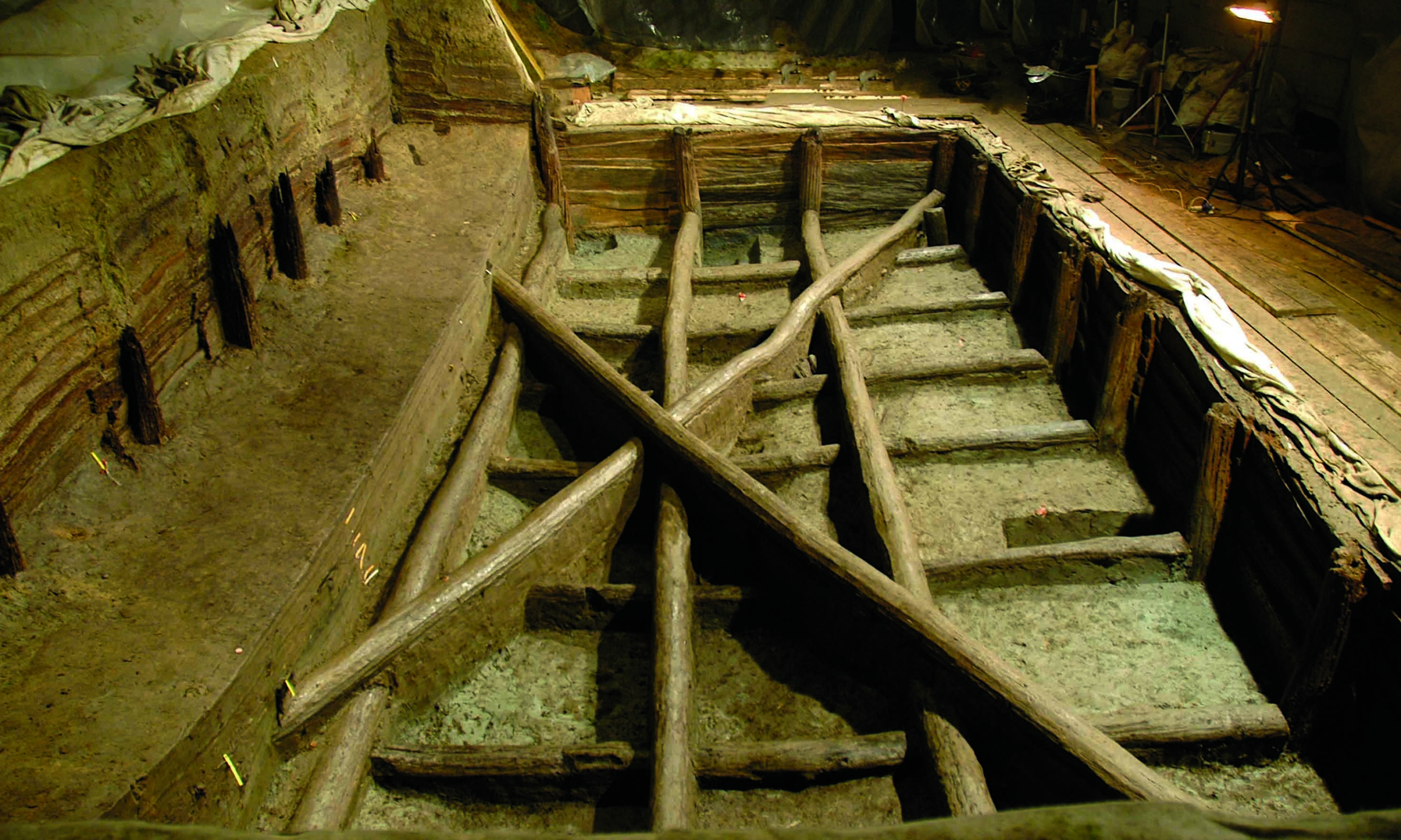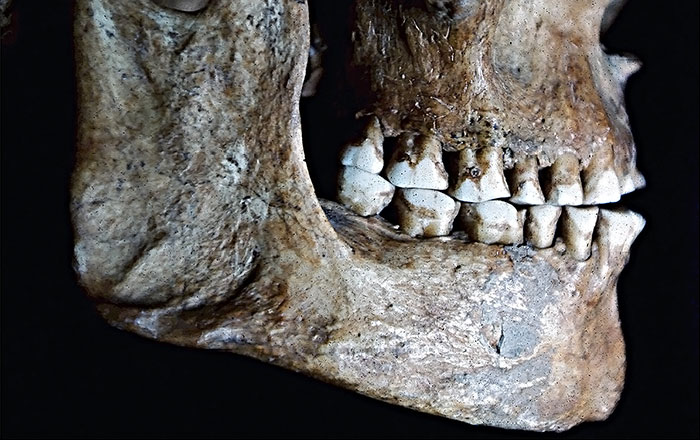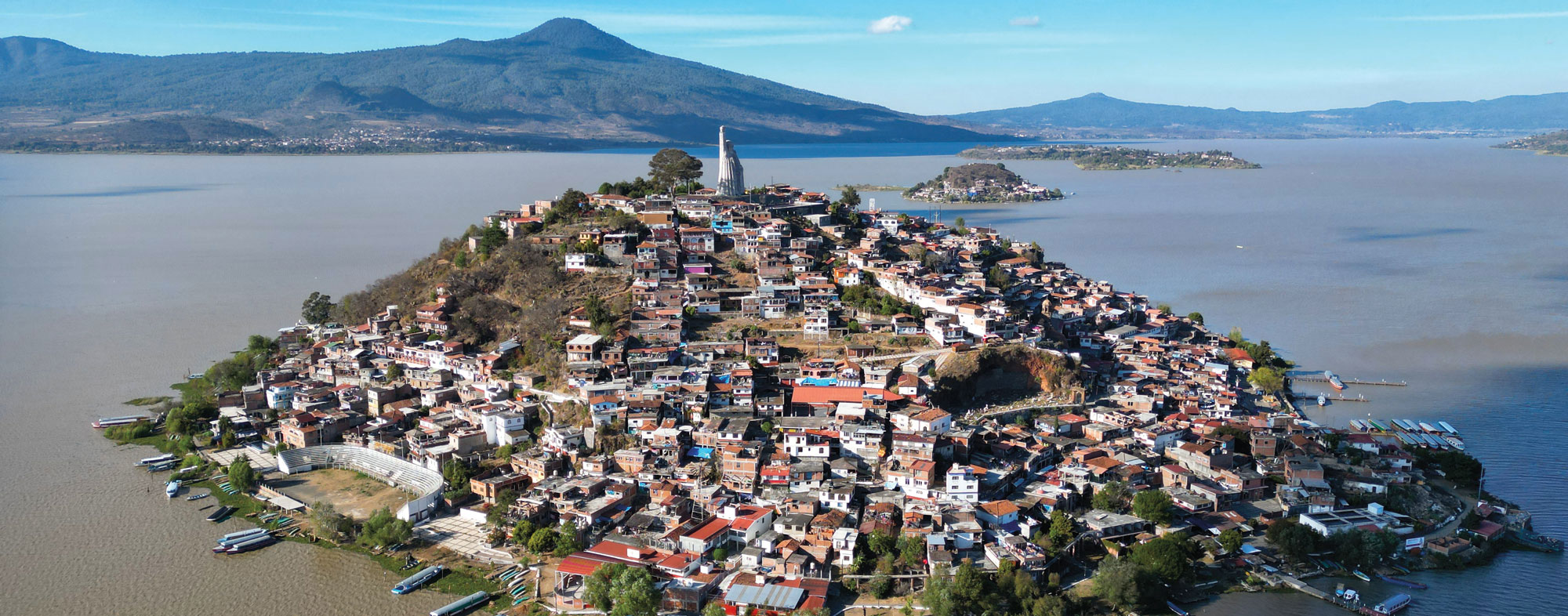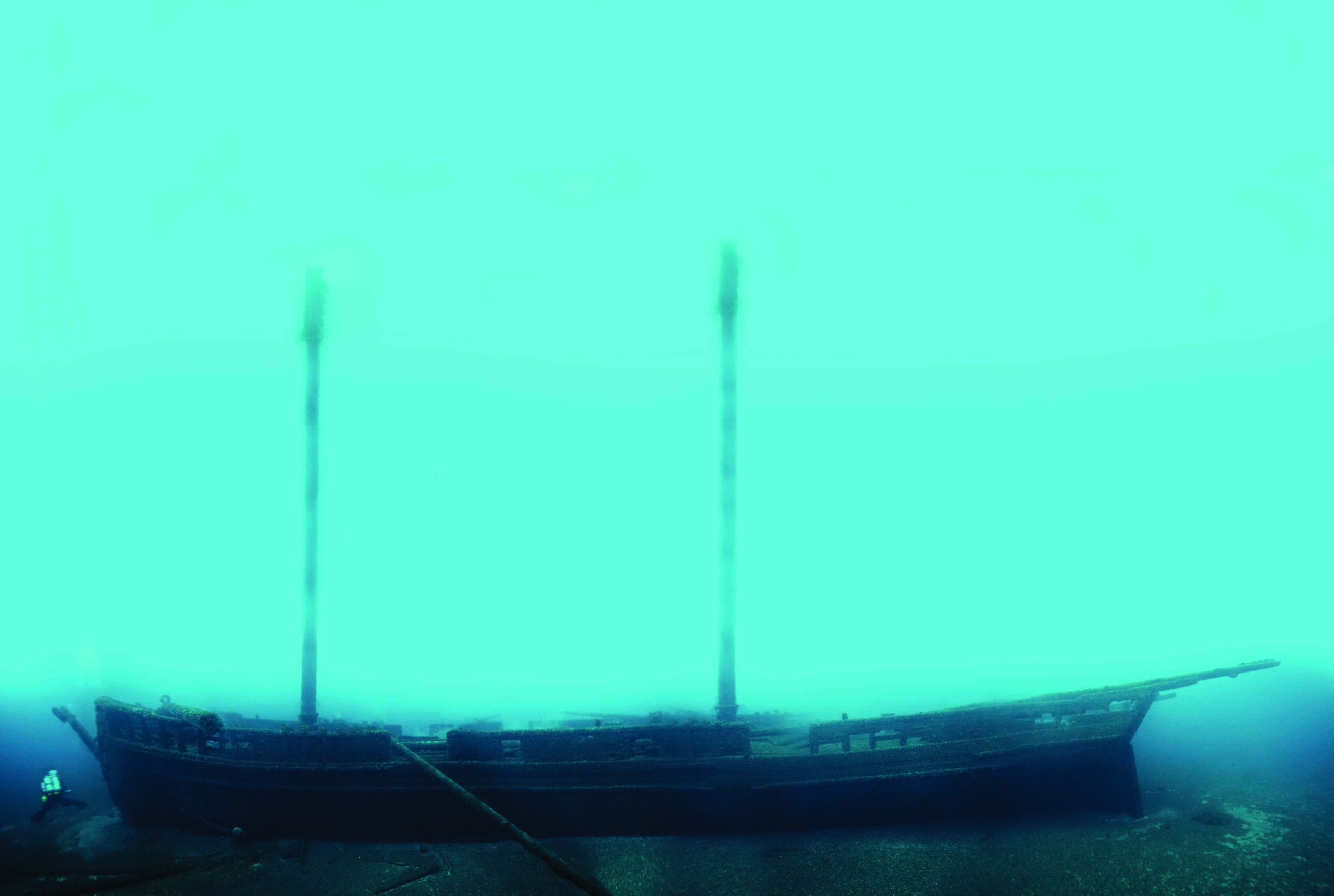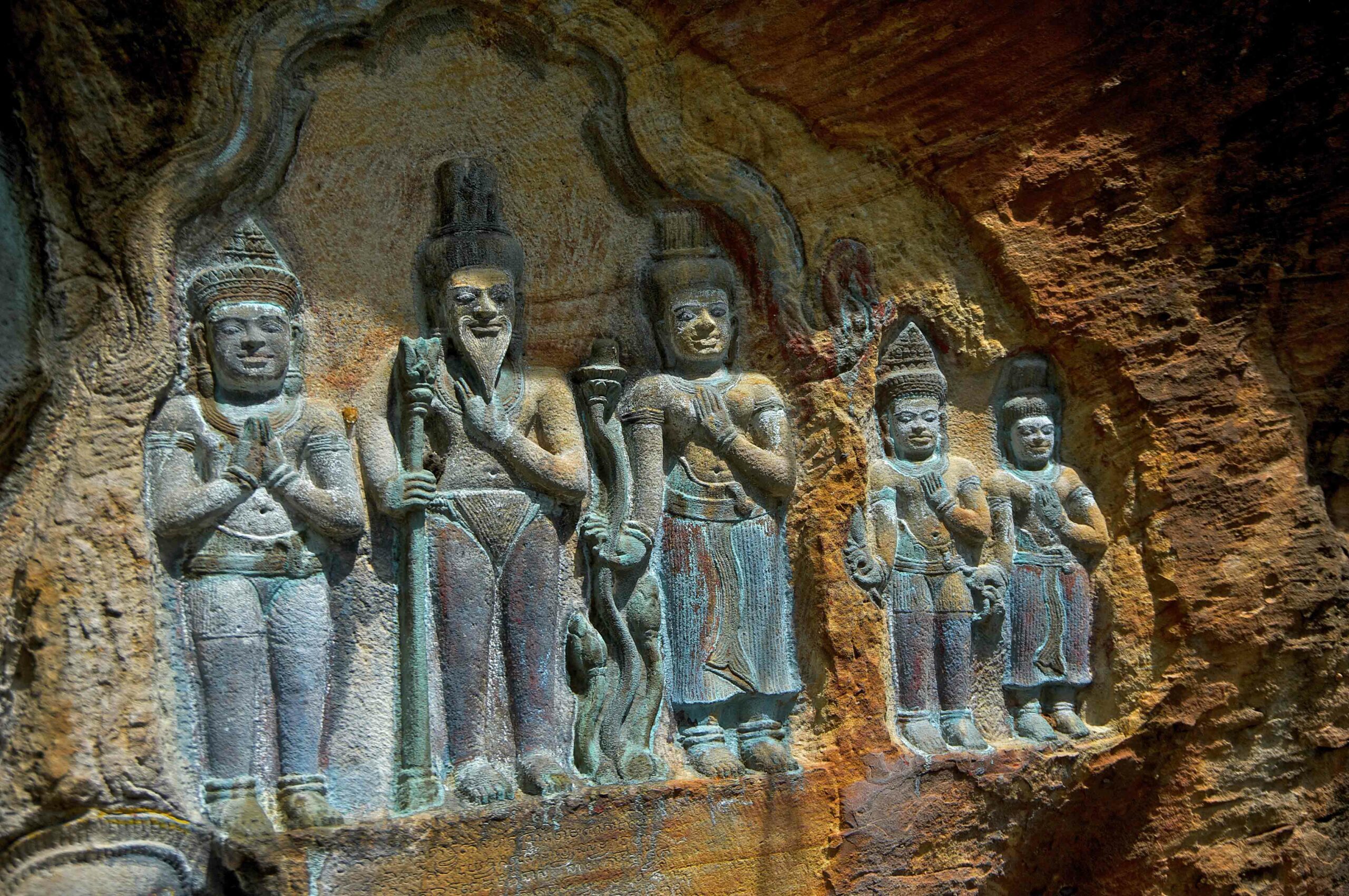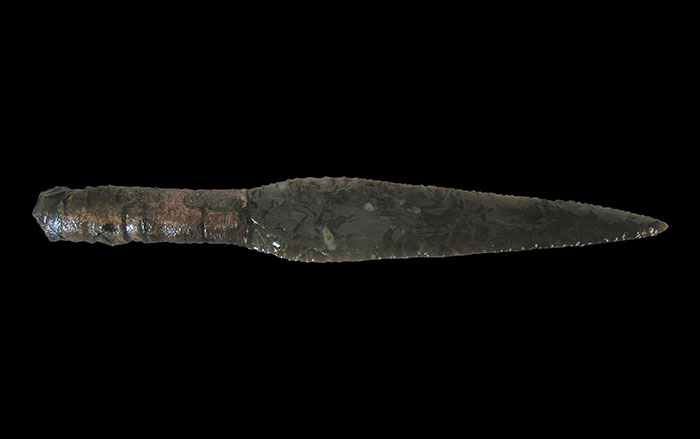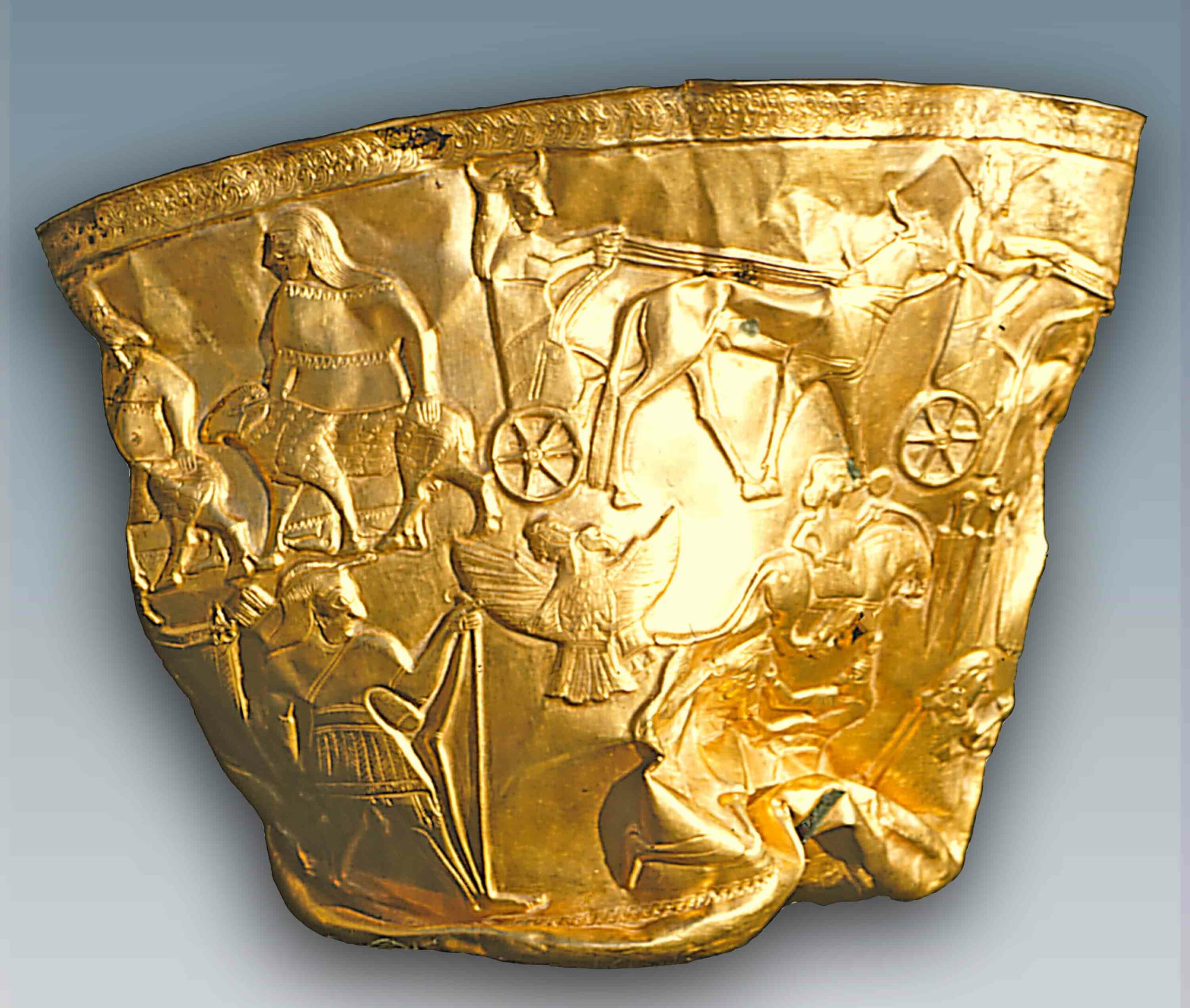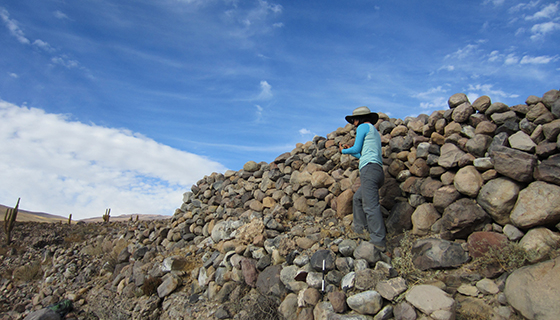
ALBUQUERQUE, NEW MEXICO—Five hundred years ago, farmers abandoned their terraced fields and irrigation systems in Chile’s Atacama Desert. “These are systems that were developed about A.D. 1000 when people figured out how to divert water from springs which are recharged by snowmelt from the Andes,” Frances Hayashida of The University of New Mexico said in a press release. The population was conquered by the Incas in the 1400s. “We think they brought in workers to work in the mines. They put in an extensive road system to be able to move ore and personnel back and forth. But then they need to feed everybody, right?” Hayashida asked. An international team of scientists is mapping the fields and canals with drones. They want to know how much water the farmers had to work with, and if the farmers were able to feed the miners. They are also examining stone hoes and looking at plant remains to see if the varieties of maize, quinoa, and potatoes were different from the ones grown in the region today. Grinding stones at the site suggest that maize beer was produced, and perhaps consumed at Inca ritual feasts. “This is something you would normally do with your neighbors, if they were working for you. You provide food and drink. So they just took this practice and did it on an imperial scale.” To read in depth about how the Inca dealt with another conquered population, see "The Water Temple of Inca-Caranqui."



